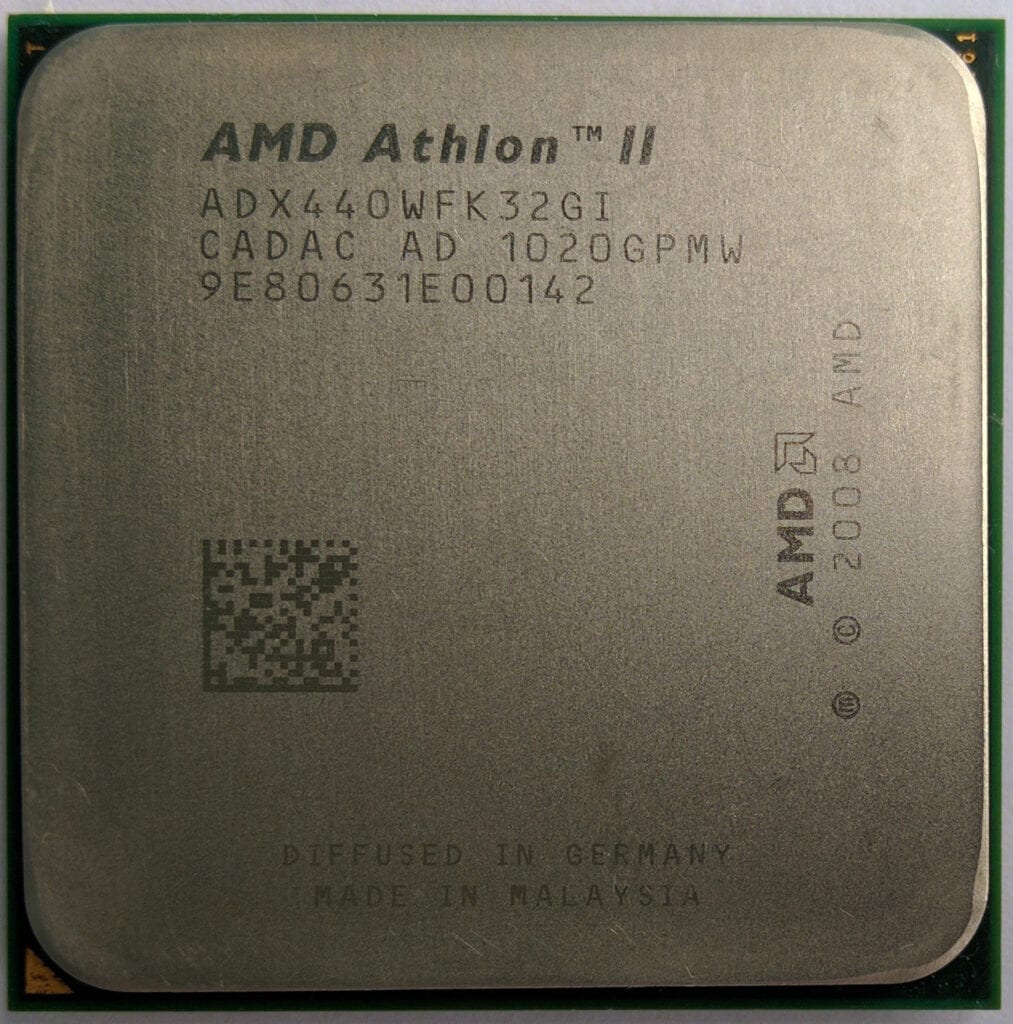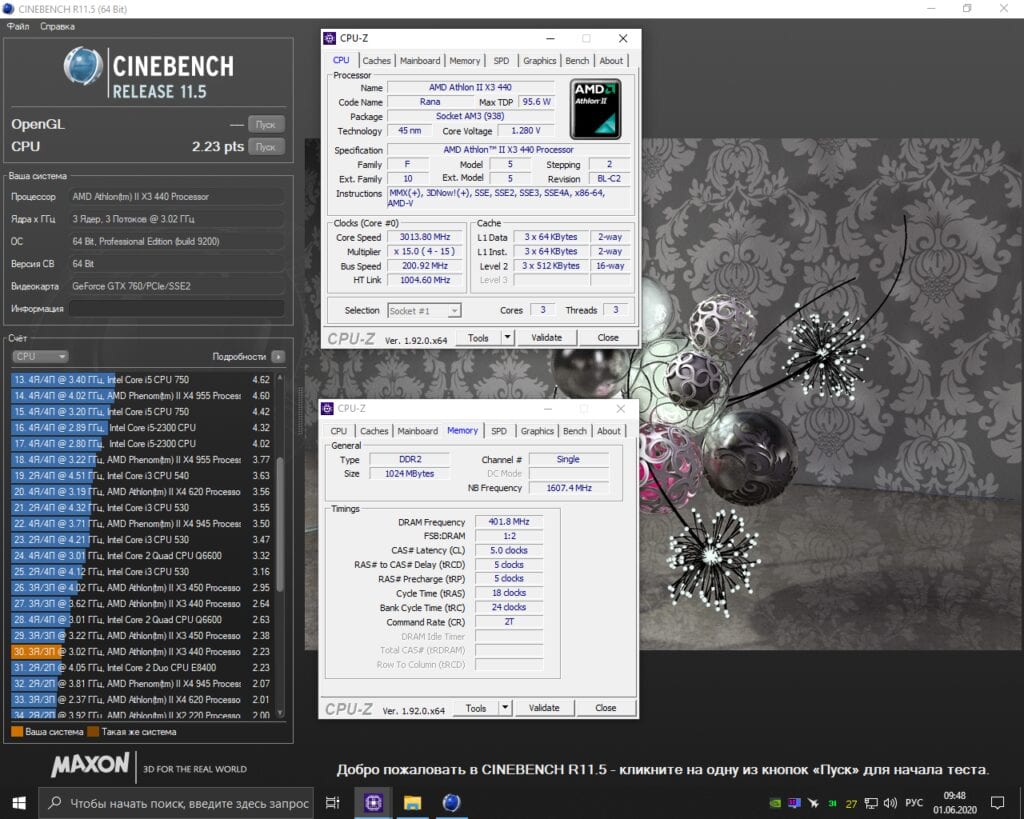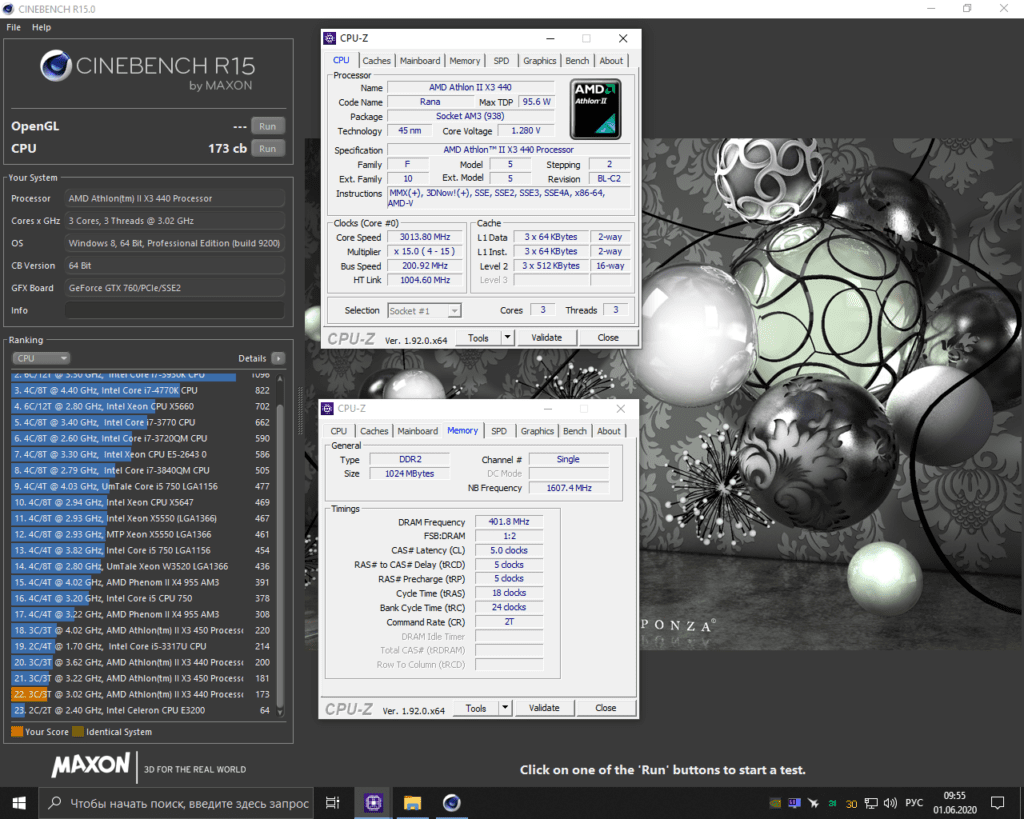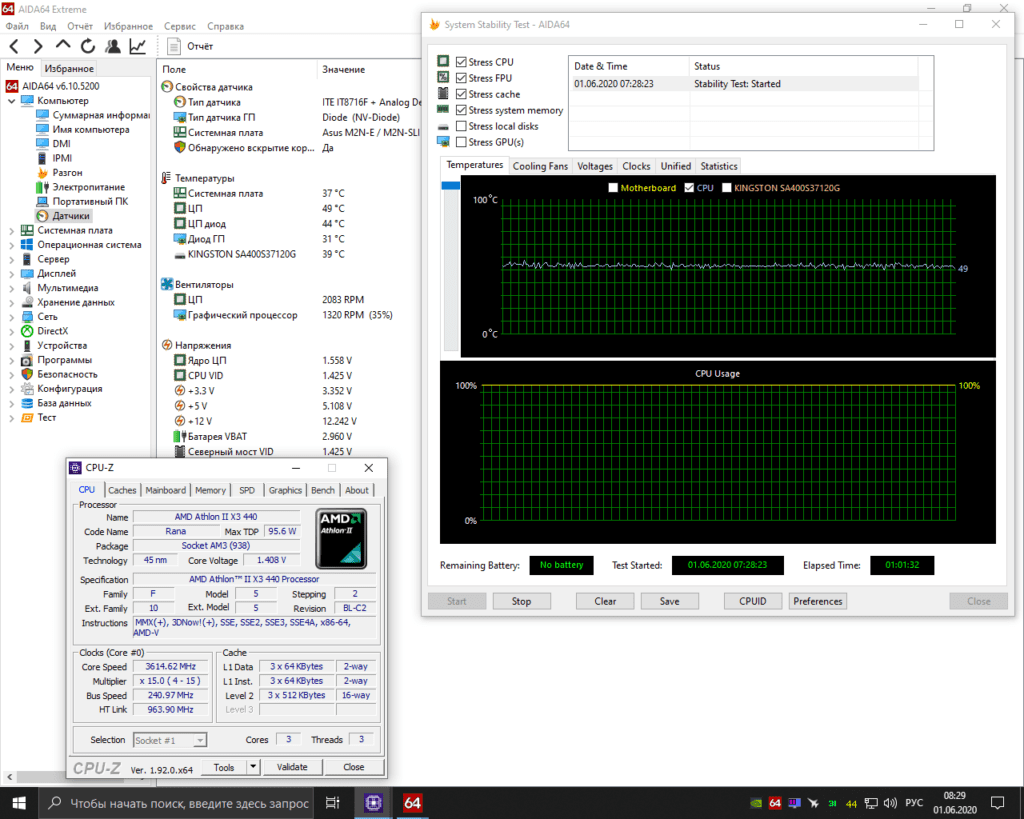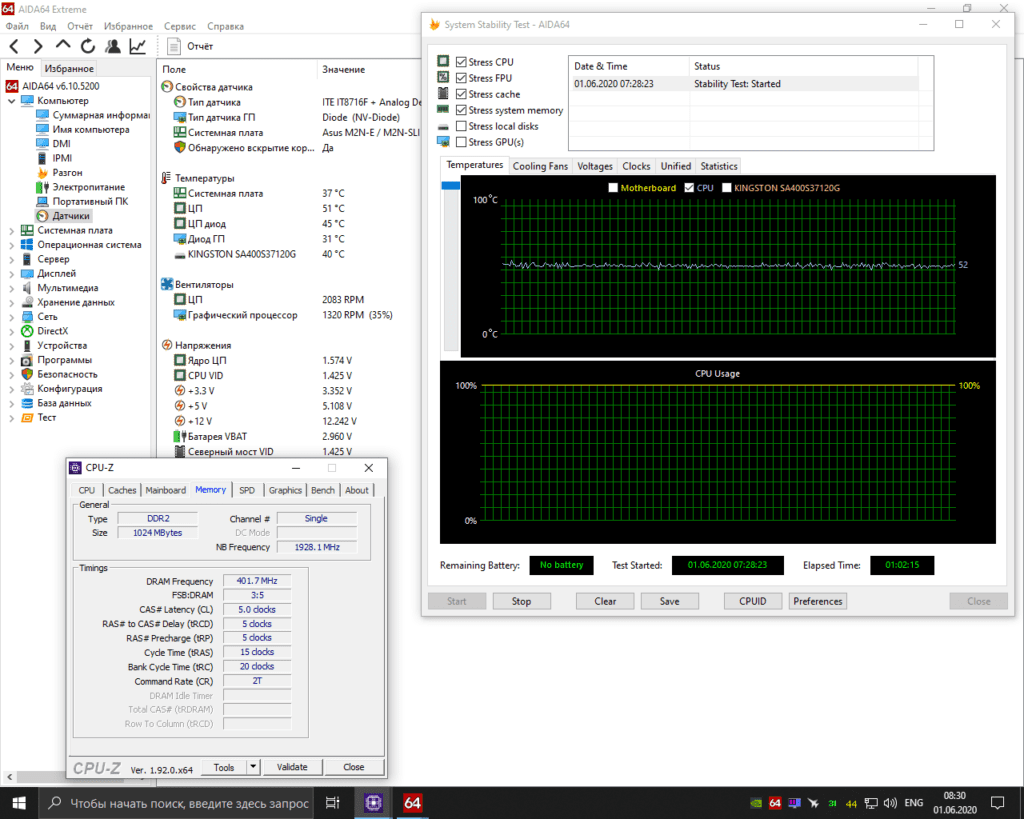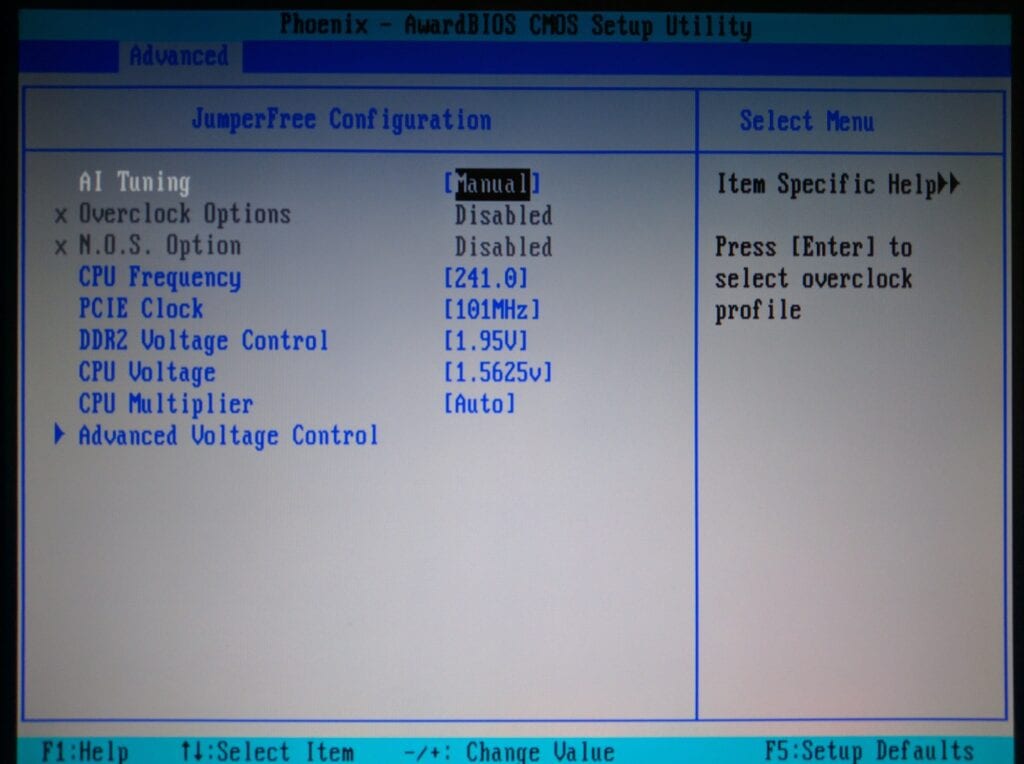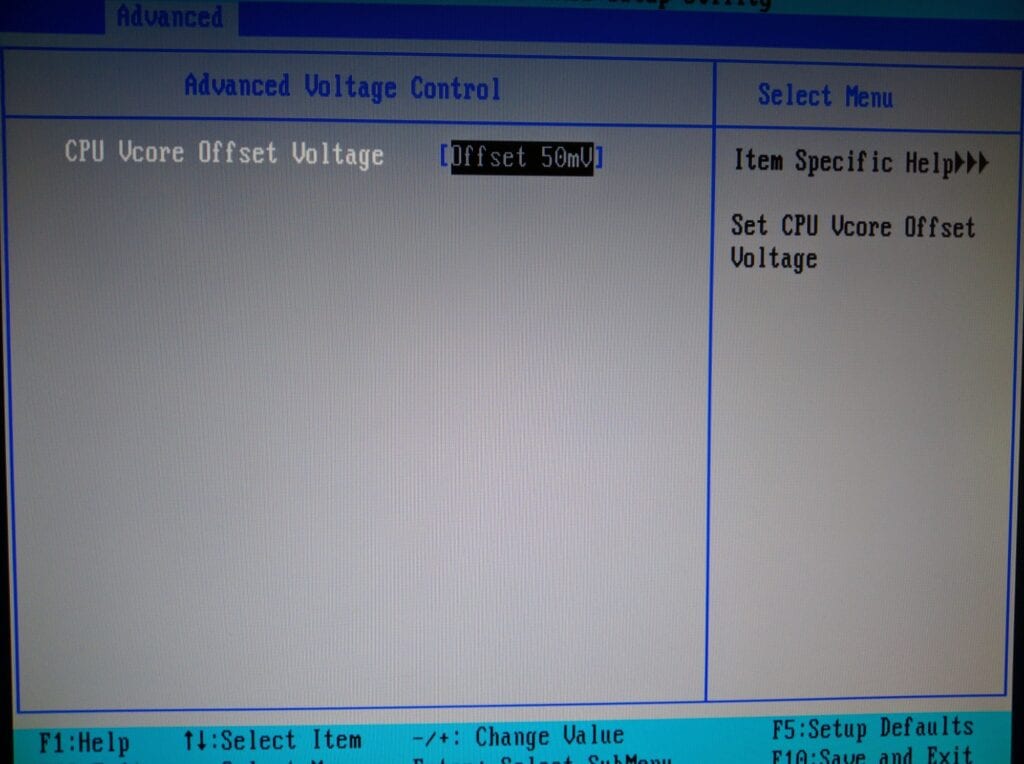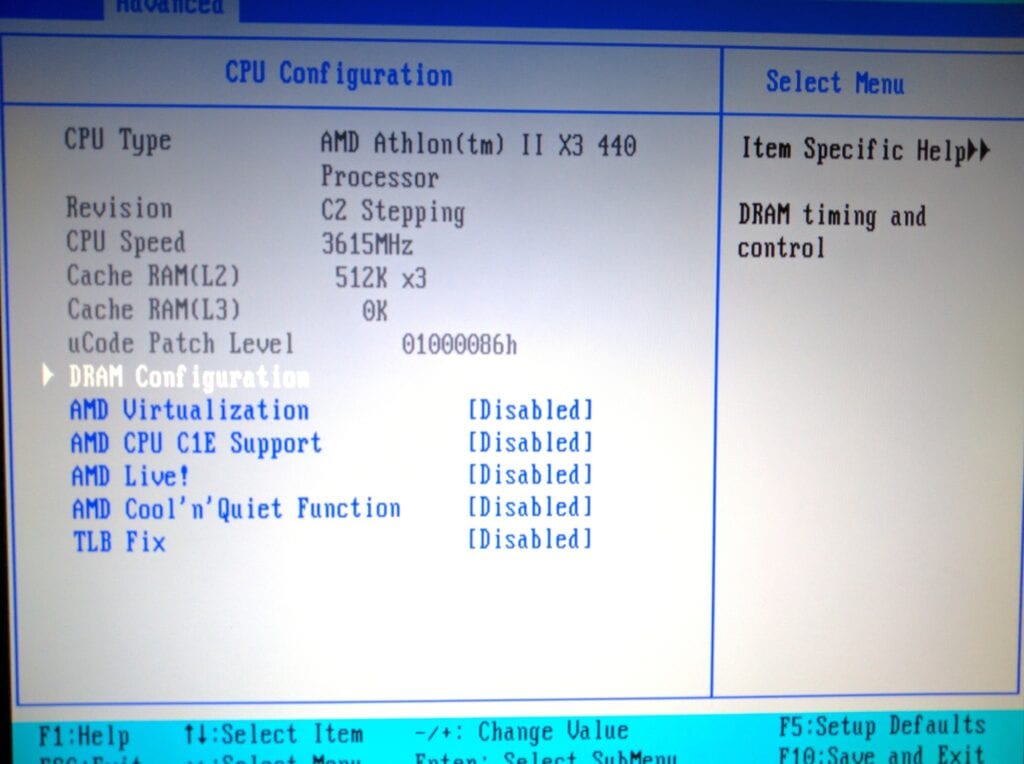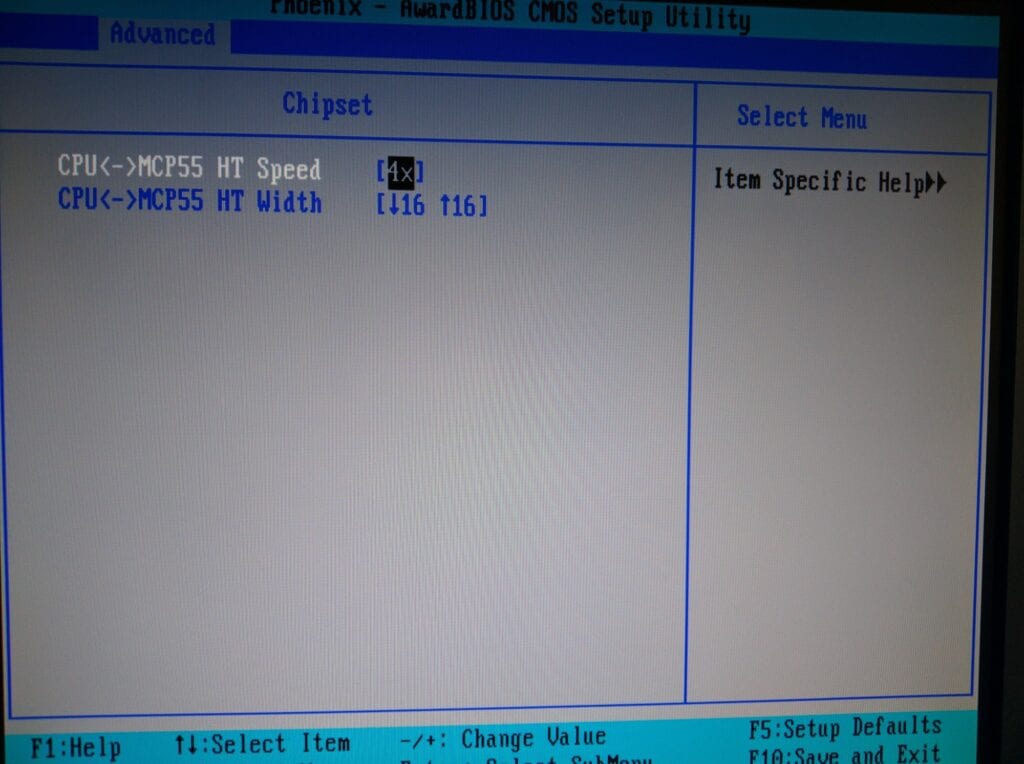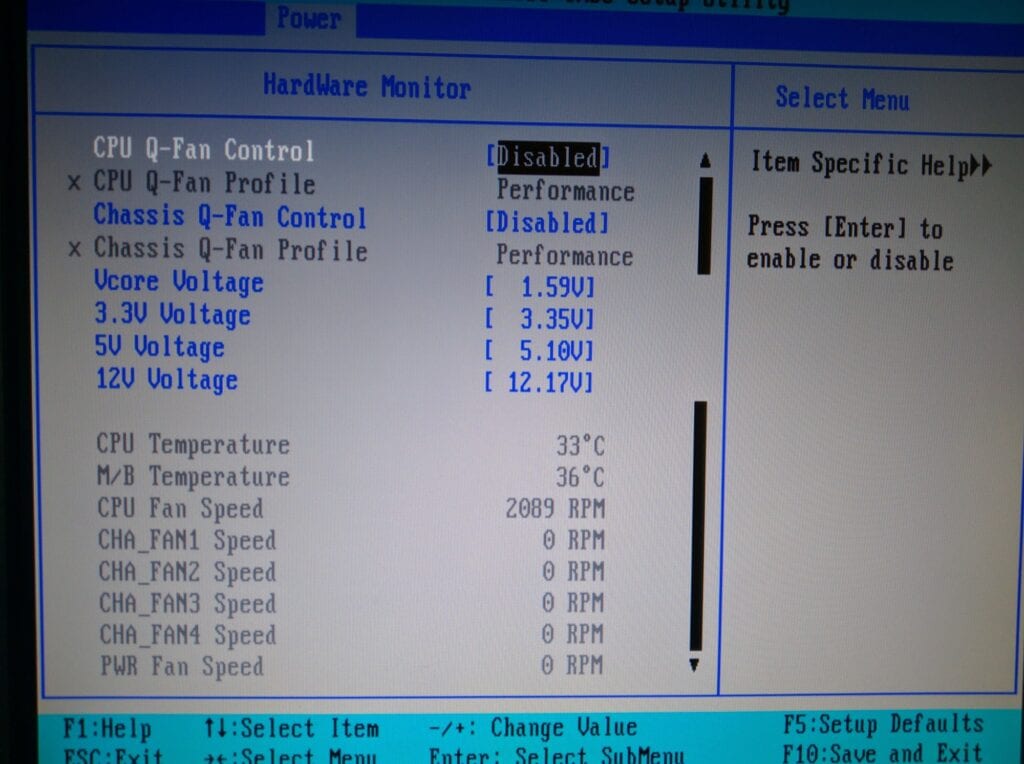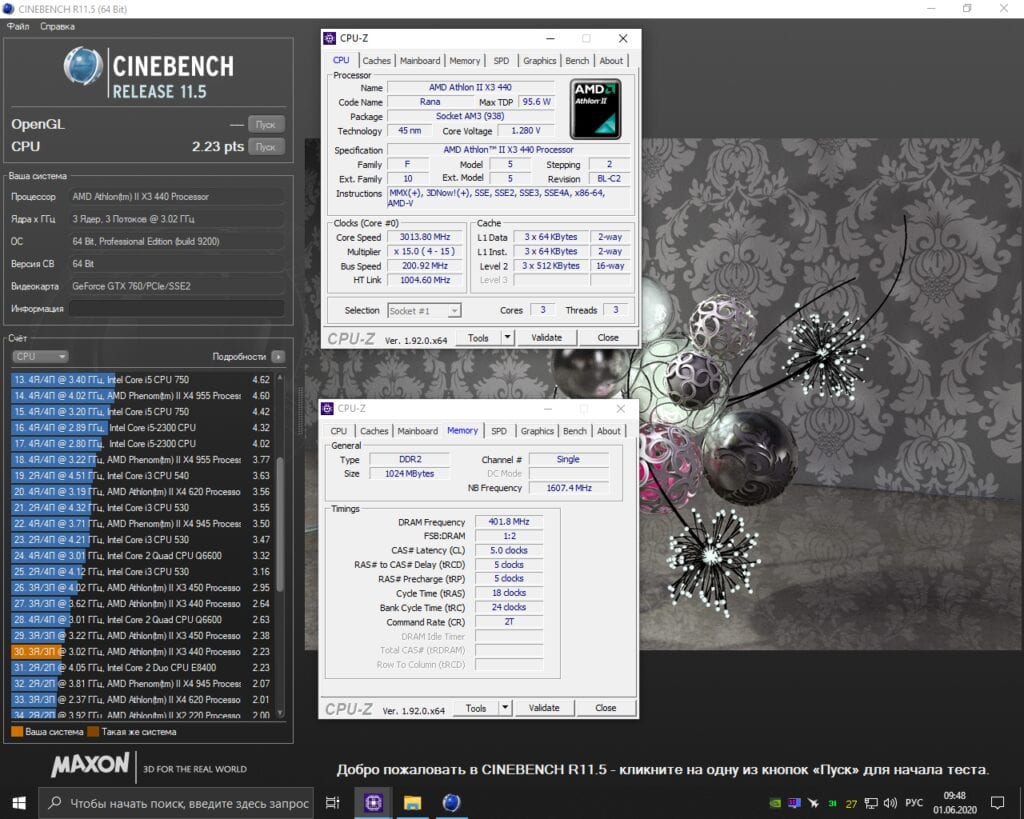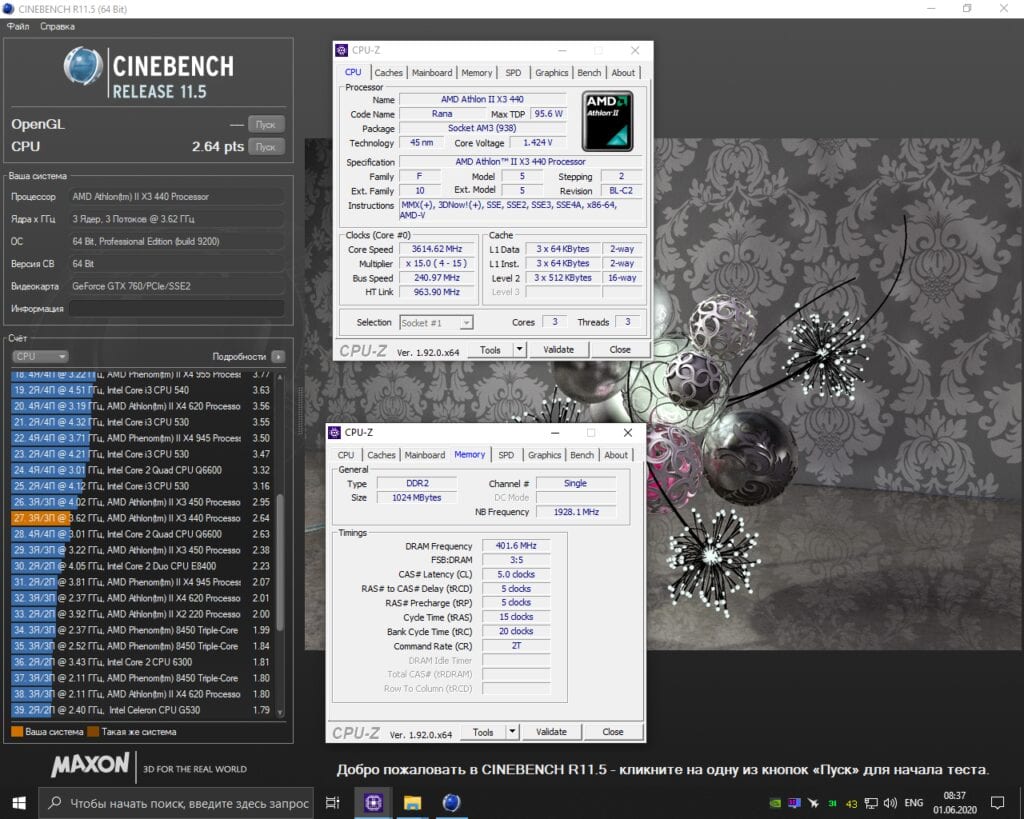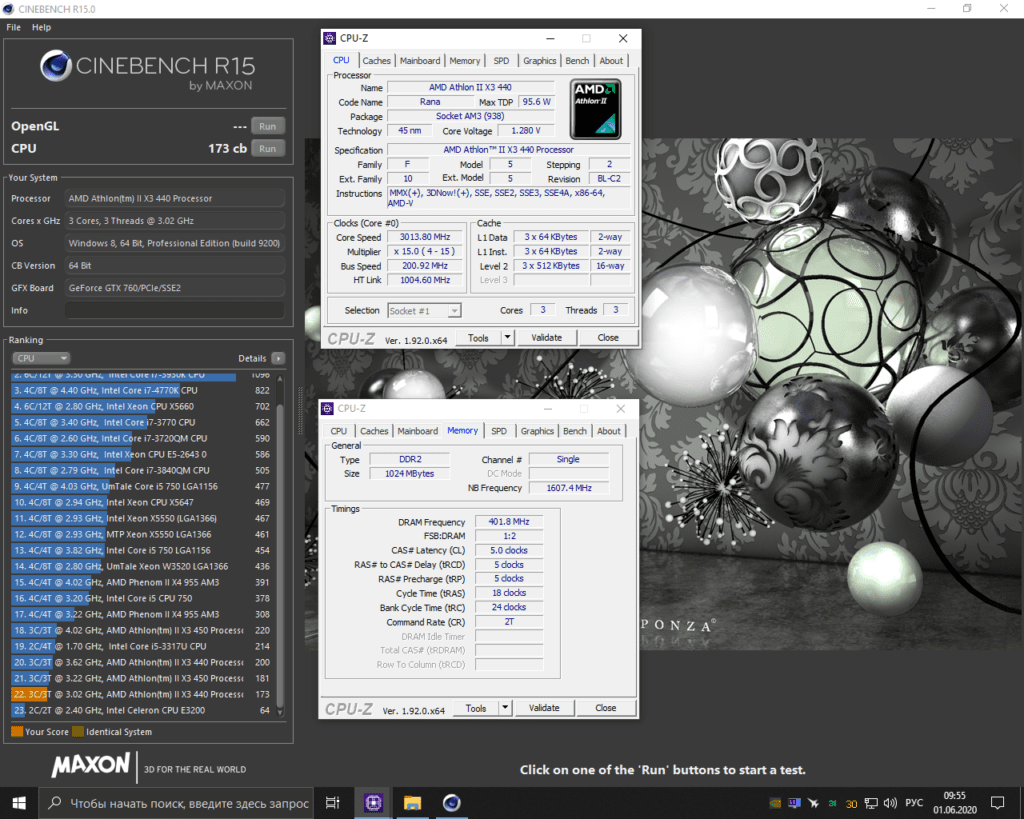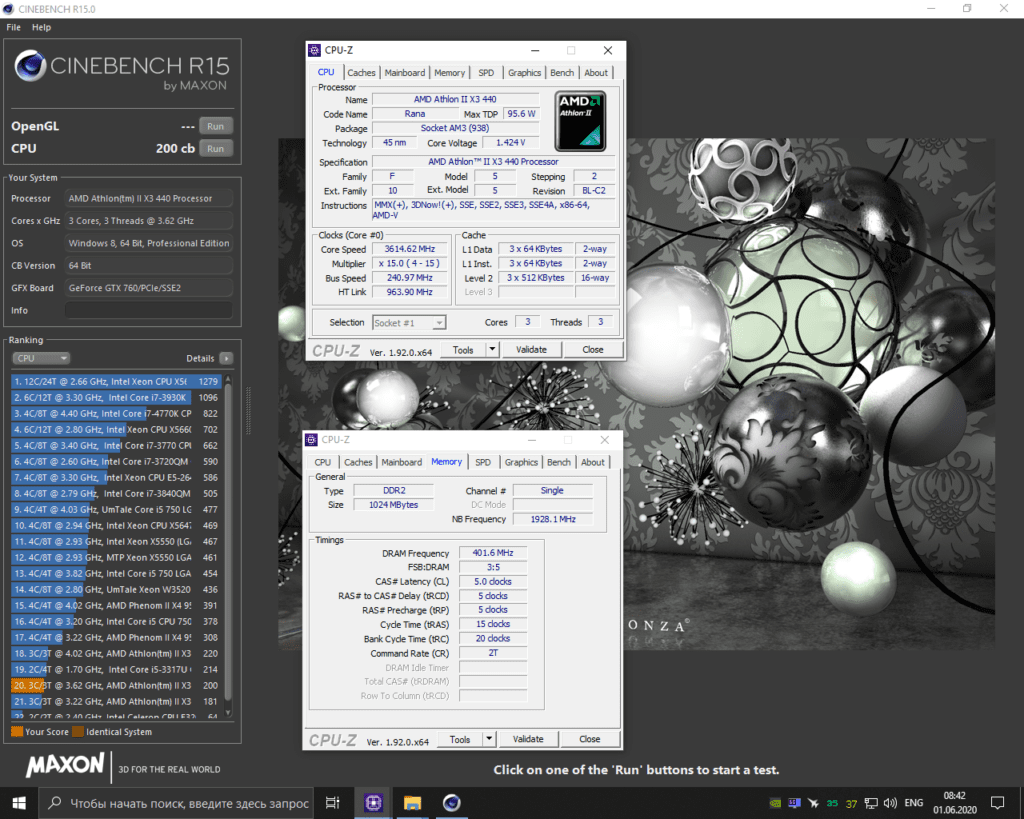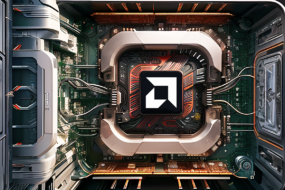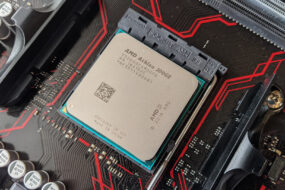
So the time has come to plunge into a difficult and not particularly interesting study of the overclocking potential of a processor based on C2 stepping.
When in my last blog about Athlon II X3 450 overclocking I said that I was lucky with its revision C3 – I was not joking at all, and certainly not exaggerating.
In addition to low overclocking potential, high heating, and exorbitant power consumption, the C2 stepping carries only moral pain and suffering.
The latter, of course, is more of a joke, but frankly, I really think that there is little interesting in the constant frequency decrease due to unstable operation. Especially when you are trying to achieve absolute stability. Departures with an error at 45 minutes of the stress test are not quite weak pressure on morale.
Nevertheless, chips based on the C2 stepping chip are still quite common, so this material will still be useful to someone. For the rest, I propose to indulge in nostalgia (suffering) with me.
Welcome to the third article in the Retro Overclocking series of AM2+ processors.
Chip
A sample of the Athlon II X3 440 processor that came to our laboratory is marked ADX440WFK32GI CADAC AD 1020GPMW. Symbols “2GI” indicate that we are facing revision C2, and “1020GPMW” indicate that the chip was released on the 20th week of 2010.
The CPU-z utility reveals a little more details about the subject:
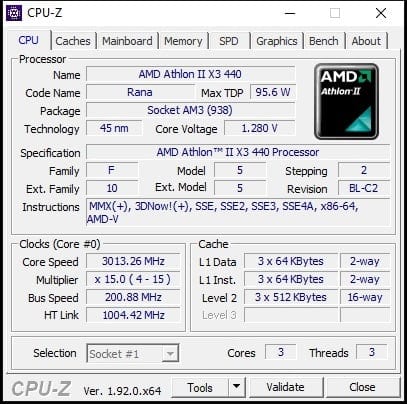
The base processor frequency is 3000MHz, the chip has 512KB L2 cache per core, and is characterized by 95W TDP.
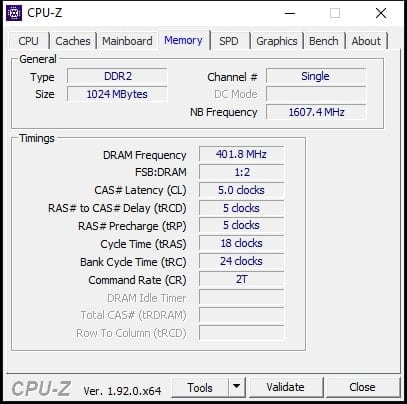
Due to the limitation of the AM2+ platform, the memory controller in the K10.5 processors operates at a frequency reduced to 1600 MHz. DDR2 RAM operates at 800MHz.
Traditionally, I tested the chip in the CPU-z benchmark. But as I mentioned in the last article, the utility refuses to properly test 3-core processors and, in fact, the CPU shows the results of a dual-core chip in it:
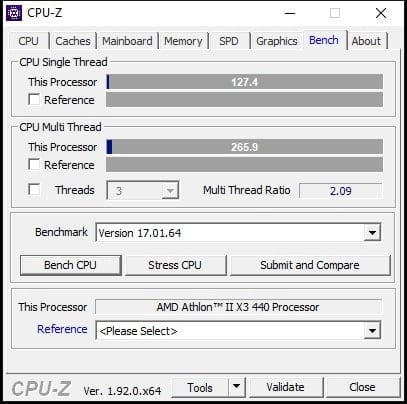
But in the classic Cinebench R11.5 and R15 benchmarks everything is in order. Therefore, we will test the performance gain in them:
Test setup
- Motherboard — ASUS M2N-E
- Processor — Athlon II X3 440 (rev. C2)
- CPU Cooling — Cooler Master Hyper 212 EVO
- RAM — 1GB DDR2 SK Hynix HYMP512U64CP8-S5
- Video card — ZOTAC GeForce GTX 760 AMP!
- SSD — KINGSTON 120GB SA400S37120G
- Power supply — Chieftec GPS-1250C
- Operating system – Windows 10 with latest updates for May 2020
Overclocking the Athlon II X3 440 chip
Exactly as with the Athlon II X3 450 overclocking, I lowered HT by one divisor, also lowered the RAM speed to 667 MHz, and decided to set the system bus frequency to 260 at a core voltage of 1.550 volts, but as expected, the chip could not pass even the post.
Okay, I thought, it’s okay. Obviously, it was not even worth thinking about 4GHz on C2 stepping. It was foolish to count on it. Let’s go further.
I set the bus to 250 MHz, but the processor disappointed me again. Of course, he passed the post, but when trying to load the operating system, it crashed with a blue screen.
Gritting my teeth, I lowered the bus even more, to 245MHz and thanks to this I was finally able to see the Windows desktop. But here’s the bad luck, after half an hour of testing in AIDA64, I again saw the blue screen of death.
I will try to describe my further attempts to find a stable frequency in a nutshell. I began to lower the bus frequency by 1MHz every crashing, and thus, after about four hours, I finally reached a stable 3615MHz:
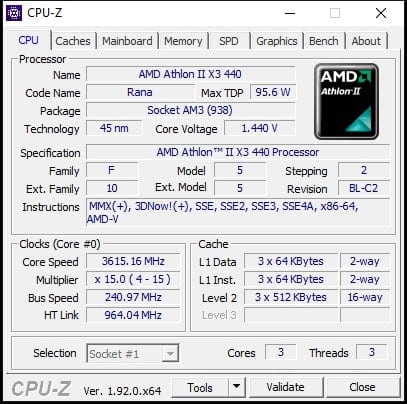
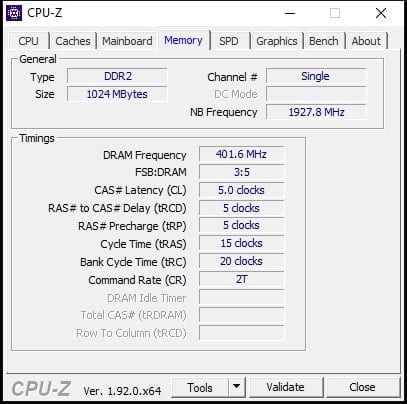
Not a lot, is it? Especially compared to the stable 4GHz on the Athlon II X3 450 in the previous article.
There are screenshots of the one hour run in the stress test of the AIDA64 program below:
And there are the BIOS settings of the ASUS M2N-E motherboard for the Athlon II X3 440 processor:
And now let’s estimate the performance gain compared standard frequencies:

CPU-z benchmark on Athlon II X3 440 @ 3000MHz – 127 points in a single-threaded test and 265 in a multi-threaded one 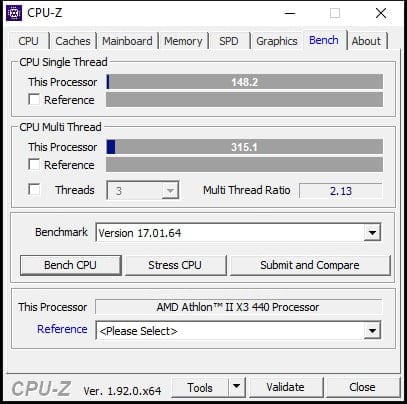
CPU-z benchmark on Athlon II X3 440 @ 3600MHz – 148 points in a single-threaded test and 315 in a multi-threaded one
In the Cinebench R11.5 were 2.23 points and now – 2.64 points.
In the Cinebench R15 were 173 points and now – 200 points.
Conclusion
I once already mentioned that for me a CPU bench session on the K10.5 architecture is not in vain if the chip manages to conquer the cherished 4000 MHz. Unfortunately, it was too rash to believe that the C2 core revision would allow me to do this. Moreover, this is the core of Propus, not Deneb.
Of course, the gain relative to the base frequency is quite decent – it’s hard to argue with that. But nevertheless, against the background of the same Athlon II X3 450 it looks frankly pitiful. And if the previously tested Athlon II X3 450 remains in my collection for a long time, then this copy of the Athlon II X3 440 processor, alas, will not suffer such a fate.
Thank you for your attention and happy overclocking!
